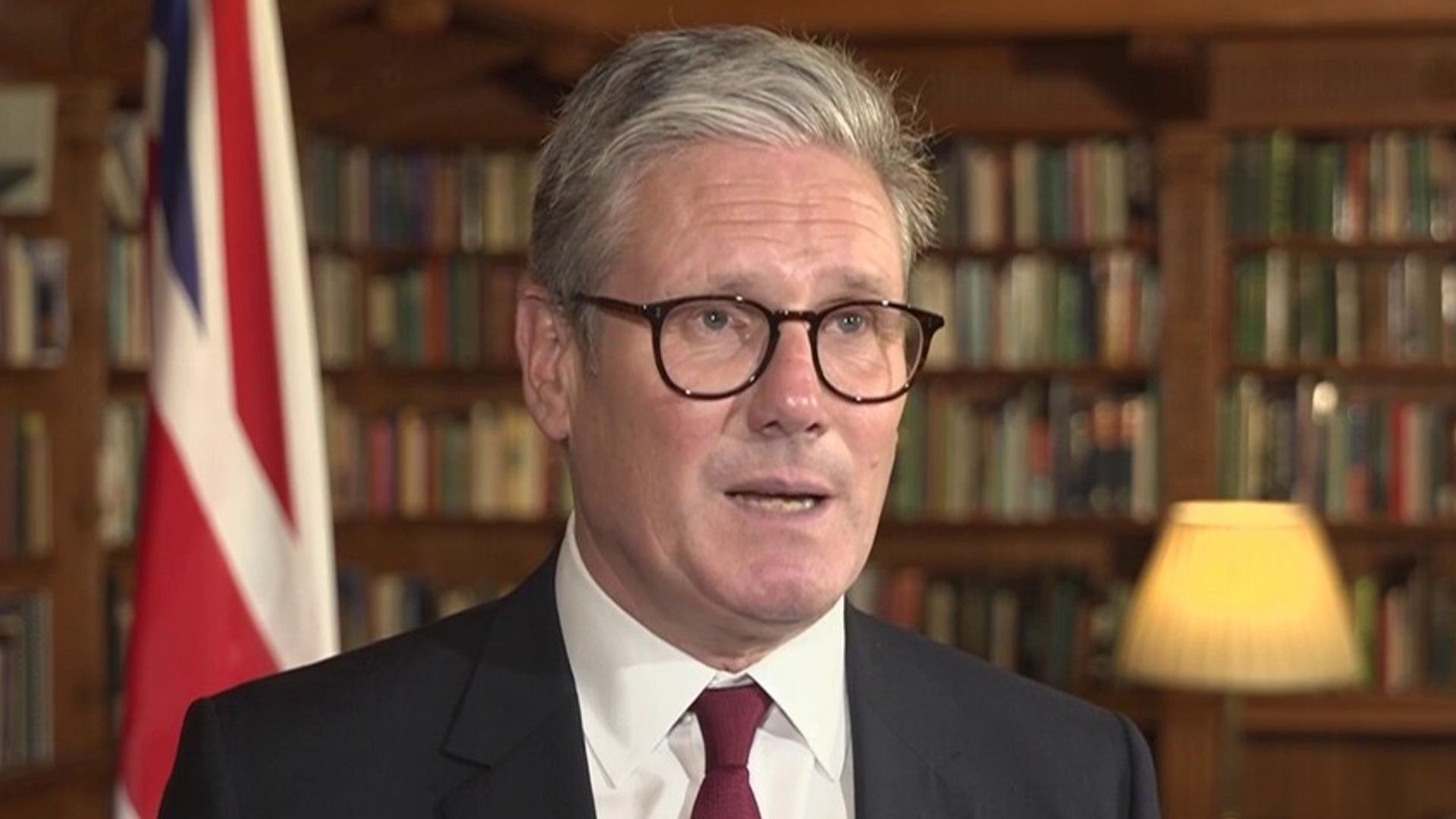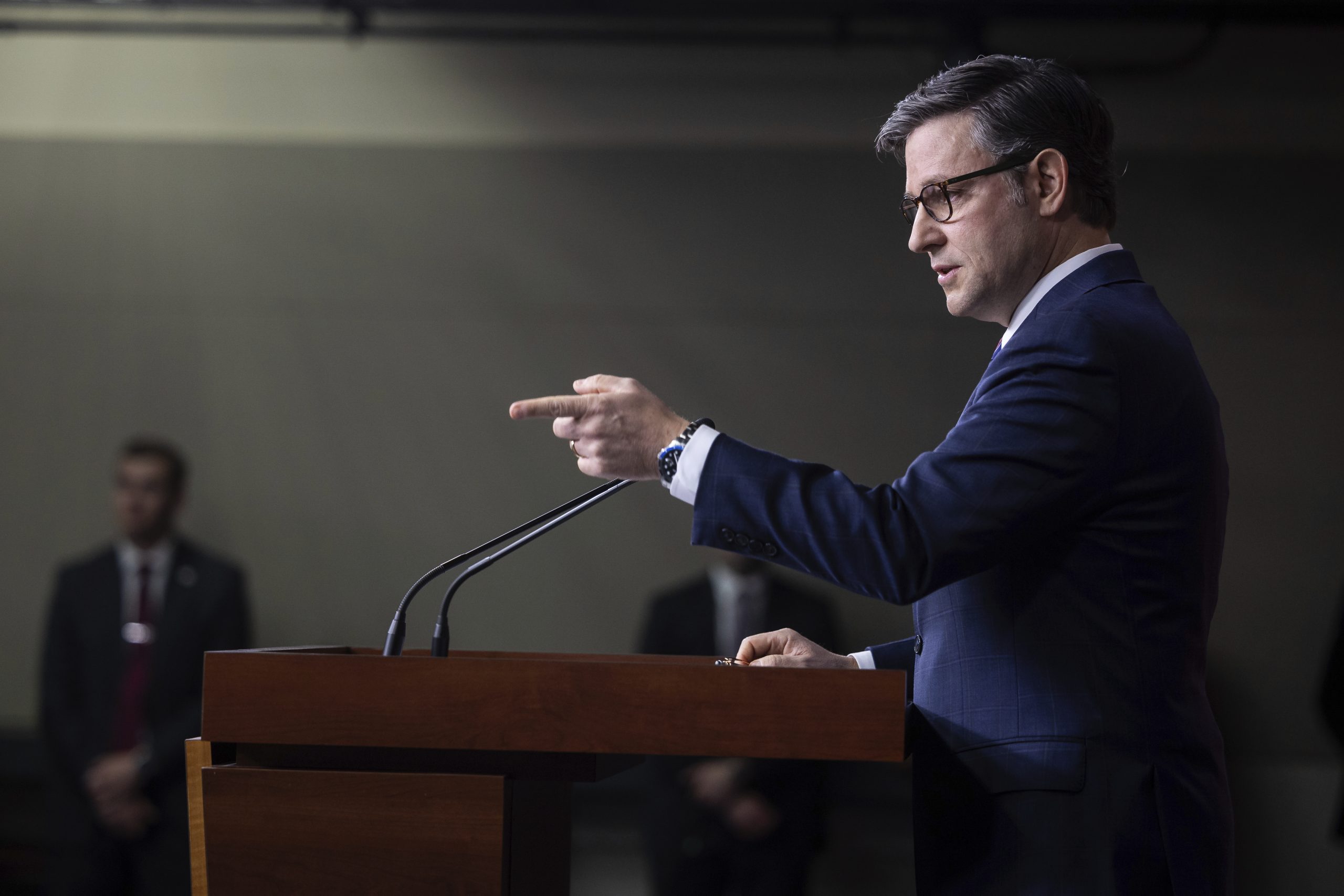With details from Tuesday’s bridge collapse in Baltimore still emerging, President Joe Biden said the federal government should do all it can to help rebuild the span and reopen the city’s port.
And there is relatively recent history of how such an approach could work on Capitol Hill, even if the situations are different in important ways.
Flashback: Back on Aug. 1, 2007, the I-35W Mississippi River expanse in Minnesota collapsed, killing 13 people.
Congress wasted no time in responding: An emergency supplemental bill providing $250 million toward rebuilding the bridge emerged the following day and became law just five days after the collapse, following unanimous passage through both chambers.
Today’s differences: Congress is on recess for the next two weeks, making quick action very difficult. The Baltimore bridge is also much longer, and there’s no cost estimate yet for the rebuild.
Congress notably delayed relief funding for several months in the aftermath of Hurricane Sandy’s devastation in the Northeast due to GOP opposition.
Biden, though, indicated federal authorities should move swiftly to help the reconstruction of the span by paying “the entire cost of reconstructing” so it could reopen “as soon as humanly possible.”
Sen. Chris Van Hollen (D-Md.) indicated that federal transportation agencies would not wait for congressional action before providing funds to the state to commence rebuilding.
“They will be releasing those early funds once all the parties are fully engaged,” the senator said at a Tuesday press conference following conversations with Transportation Department leadership.
Lawmakers, too, will have to assess whether existing money in the fiscal 2024 spending legislation might provide sufficient funds to cover the rebuilding costs already. If not, the White House would likely make a request to Congress and outline what pots of money need to be backfilled in light of the Baltimore collapse.













